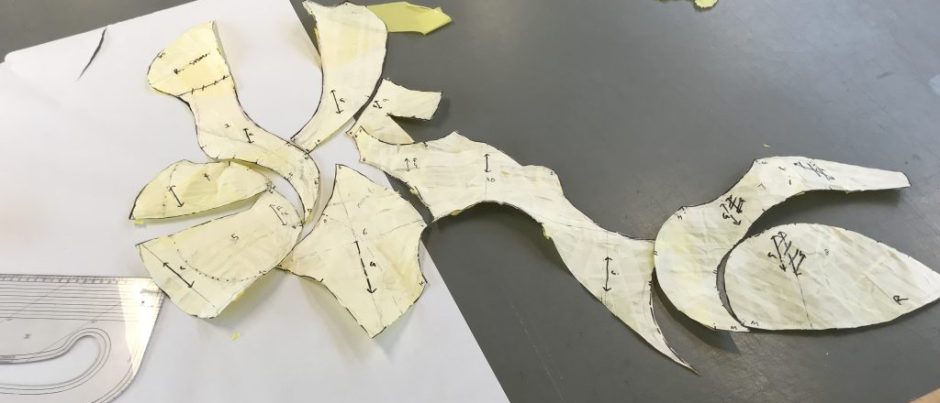Preparatory reading
It was interesting to be asked to reflect on the providence of the articles we were reading. This is something which I think speaks to wider research questions. I am often finding myself asking students about visual research references – who is the artist, who took the photograph of it, where, when? This is becoming increasingly important with the emergency of AI, which can further complicate the providence, and consequently the ethics of visual research. I wonder if I could be more thorough in citing my sources and their context within my interactions with students.
The author of the article I was assigned was Aesthetic Learning About, In, with and Through the Arts: A Curriculum Study by Lars Lindström. Published in 2012, in the International Journal of Art and Design Education.
Aphorisms
The aphorisms opened up quite interesting conversations around the wider aims of higher education, and how it related to our own individual motivations. Largely, the issue of students as customers, and how this service-provider/consumer dynamic brings an uncomfortable juxtaposition as arts educators.
In relation to the bell hooks aphorism “the classroom remains the most radical space…” we discussed how we unanimously thought that the most interesting learning happens outside the structure of a classroom. Anna remarked upon a very interesting fact she had heard in relation to the etymology of the word ‘company’ – deriving from a late Latin word, it originally meant ‘with bread’, its use stemming from the way in which people would gather around food to do business. We discussed the ways in which doing business around a table and sharing food is not part of contemporary corporate practice, and subsequently the world we are preparing our students for. And yet, we unanimously agreed that we all have our most generative conversations with others at lunch, or in the pub.
This made me reflect on some of the deeply critical conversations I have overheard in the costume studio in passing between students. As a pedagogic environment it is designed, like many other spaces, for learning to take place. However, the informality and lack of structure of such a space seems to allow open, organic conversation to occur.

